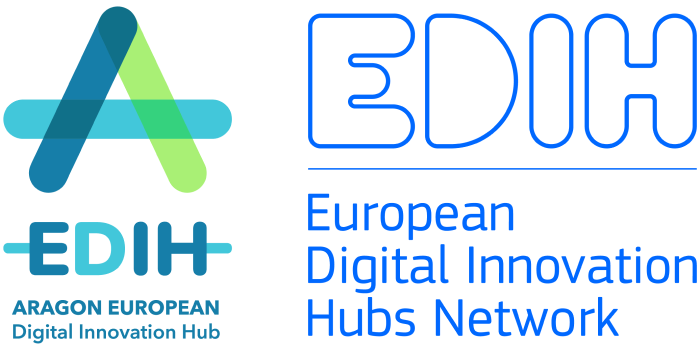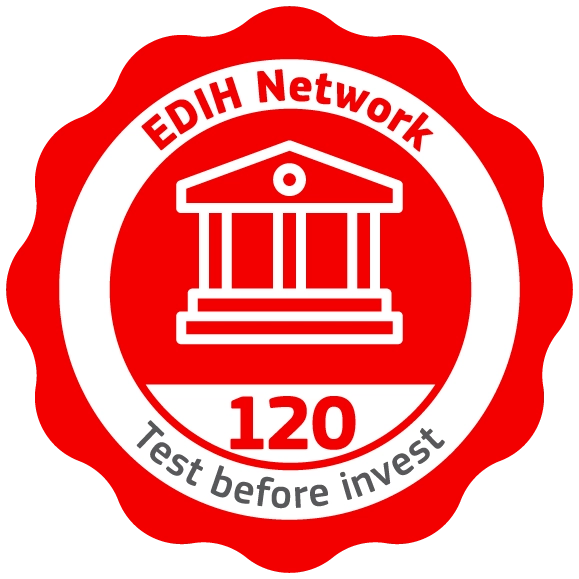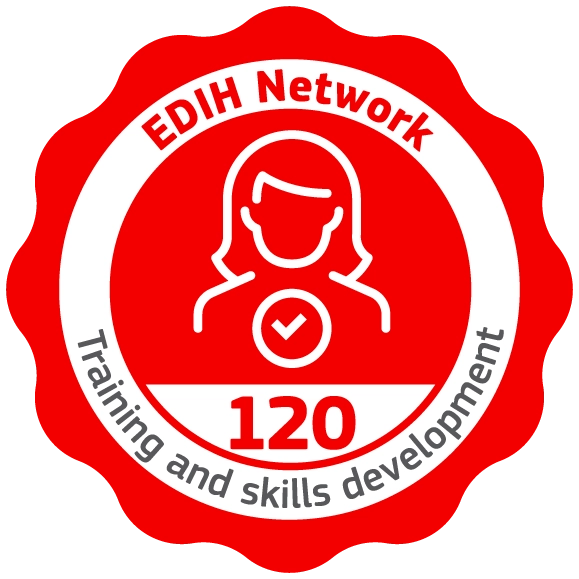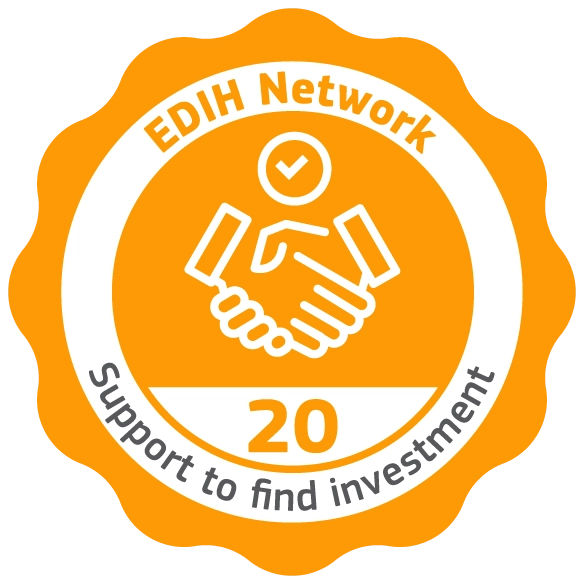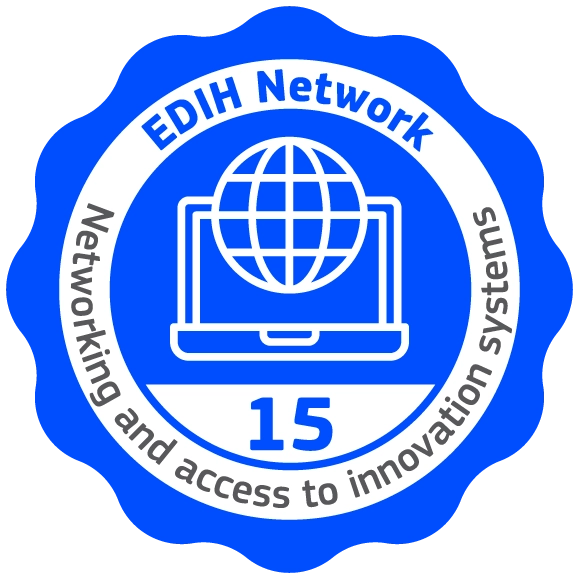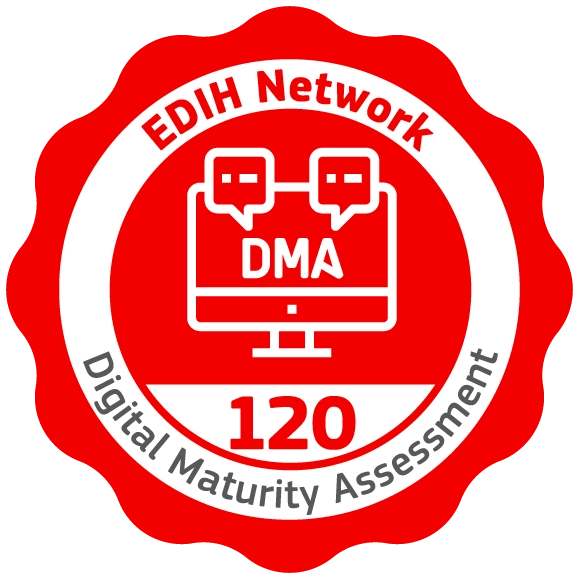Virtual Prototyping and Digital Twins
Description
Within Industry 4.0 and robust design processes, digital twins and virtual prototyping are essential tools. The digital twin offering is based on the combination of various technologies that work together and adapt to each client’s needs. Specifically, the following components are included:
- Sensor and data acquisition systems, often distributed across communication networks.
- Application-adapted system or product models: distributed parameter models using CFD and FEM tools for simulating various industrial material transformation processes (injection molding, extrusion, machining, drilling, deep drawing…), or material behavior; discrete event models for management, communication or logistics processes; electrical, energy and power models for energy management applications; and lumped parameter models for mechatronic systems. These models may be physics-based or entirely data-driven, including neural networks, modal representations, and more, depending on the nature of the problem. Additionally, these models can adapt in real time based on sensor data, allowing the estimation of the system state and the prediction of its future behavior. To achieve this, high-fidelity models are combined with reduced-order models capable of real-time execution.
- Predictive capabilities allow the digital twin to optimize process parameters or control the system in real time. This involves combining low-level controllers and high-level coordinators operating in sync, often sending commands directly to system actuators.
- Finally, the entire system may require a user interface.
Competitive Advantages
Some example applications:
- Monitoring and control of production, logistics and management processes, both in terms of data acquisition and process control.
Example: CAELIA_injection – prediction of optimal injection molding parameters to achieve the best quality at the lowest cost. - Monitoring and control of machines and complex mechatronic systems.
- Monitoring and control of cyber-physical systems: distributed and connected systems.
Keywords
Digital Twin, control, optimization, modeling, state estimation, continuous process, discrete process, logistics, material processing
Contact
Success Stories
STREAM-0D – SIMULATION IN REAL TIME FOR MANUFACTURING WITH ZERO DEFECTS
The STREAM-0D project aims to achieve zero-defect manufacturing by integrating simulation models into production systems that interact in real time with the manufacturing process. These models are fed with real production data and use predictive capabilities to control the process in sync with the production line pace.
This Industry 4.0 technology has the potential to reduce variability, increase flexibility, and eliminate defects. The integration of high-computational-cost simulation models into high-performance production lines is made possible by model order reduction techniques, which enable real-time solutions of complex systems.
The project will demonstrate this technology in three automotive manufacturing processes: brake boosters (ZF), bearings (Fersa), and sealing systems (Standard Profil). These processes are completely different from one another in terms of production methods, manufacturing processes, and materials used.
